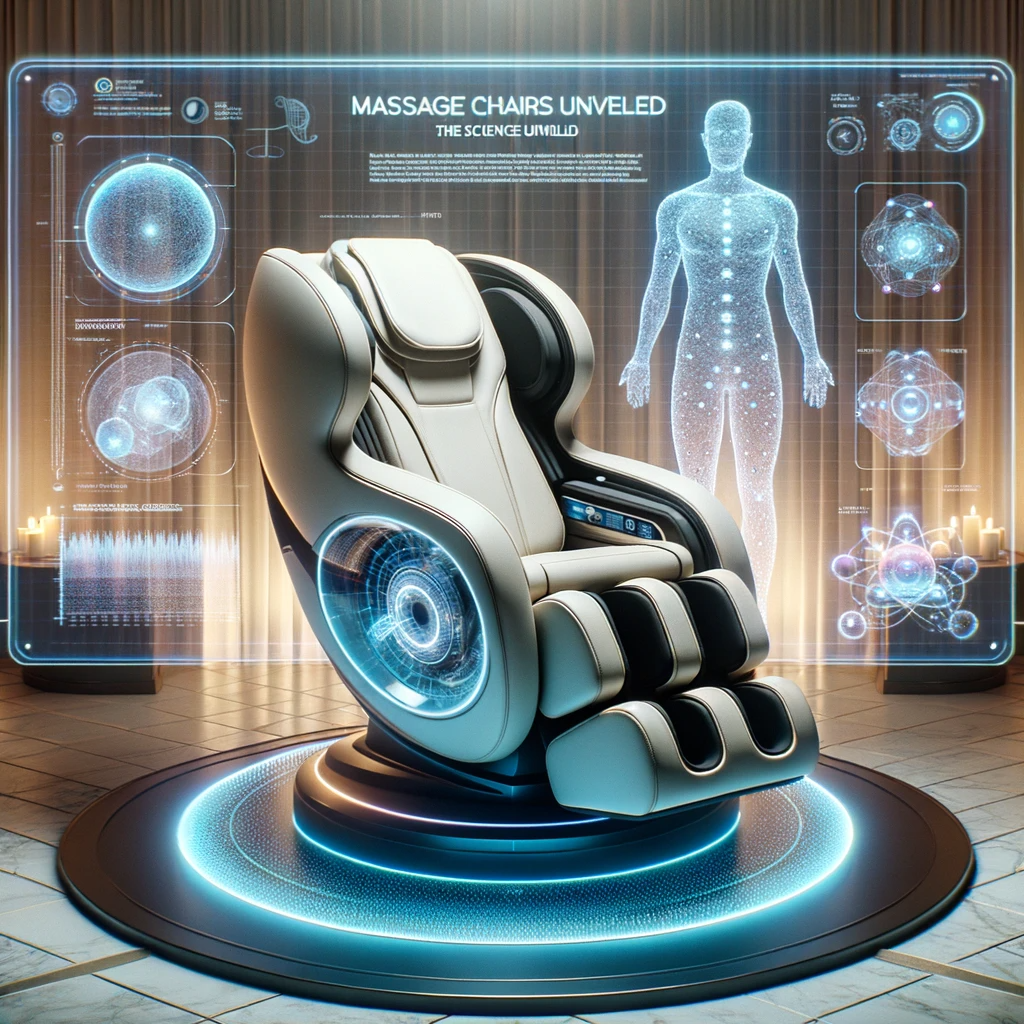In the world of modern wellness, the question “Can breathwork be done without asana?” is increasingly common—especially among those exploring holistic practices without committing to the physical demands of yoga poses. From the beaches of Mornington, Australia, to global wellness retreats, breathwork is emerging as a transformative tool in its own right. But what does science say? How do ancient traditions inform this practice? And most importantly, what does it mean for the health-conscious residents of Mornington seeking balance in their busy lives? Let’s get to know it with Jane Benson from Bikram Yoga Mornington.

Let’s dive in—breath first.
What Is Breathwork, Really?
Breathwork refers to a variety of breathing techniques that consciously control the inhale and exhale rhythm to influence physical, emotional, and mental states. From pranayama (the yogic discipline of breath control) to holotropic breathing, box breathing, and Wim Hof techniques, breathwork now spans diverse systems—from ancient spiritual rituals to cutting-edge neuroscience-backed therapy.
Notably, breathwork is distinct from asana, which refers to the physical postures within yoga. While traditional yoga often integrates breath and movement, breathwork can absolutely be practiced independently—and often is, especially in therapeutic or meditative settings.
Separation of Breath and Body: A Legitimate Practice?
In traditional yogic philosophy, as outlined in the Yoga Sutras of Patanjali, pranayama (breath control) is a separate limb from asana (physical posture). The Eight Limbs of Yoga consider breathwork as a deeper, more subtle practice—one that can stand alone or enhance other limbs like dhyana (meditation) or pratyahara (withdrawal of the senses).
Modern practitioners often gravitate toward this separation, using breathwork without movement to:
- Manage anxiety or panic attacks
- Improve focus and cognitive clarity
- Support sleep regulation
- Cultivate emotional resilience
In Mornington, this trend is catching on, with local wellness studios offering dedicated breathwork sessions—no downward dogs required.
The Local Landscape: Breathwork in Mornington, Australia
Nestled along the stunning Mornington Peninsula, this seaside town has quietly become a wellness destination. With its calming bay views, tranquil walking paths, and boutique yoga and meditation studios, Mornington is the perfect backdrop for a breath-centered practice.
Studios like Bikram Yoga Mornington and Breath of Life Wellness Centre now offer classes solely dedicated to breathwork, often incorporating:
- Guided conscious breathing
- Somatic breath therapy
- Trauma-informed breathwork
- Nervous system regulation sessions
For residents or visitors hesitant about the flexibility or physical stamina required by traditional asana-focused classes, this breath-only approach is a welcome alternative.
Why Breathwork Works—With or Without Asana
Let’s science this for a moment. Research shows that controlled breathing affects the autonomic nervous system, directly influencing stress response, heart rate variability (HRV), and emotional regulation.
Key benefits include:
- Lowering cortisol levels (stress hormone)
- Increasing oxygenation to the brain
- Activating the parasympathetic nervous system (the “rest and digest” state)
- Enhancing mindfulness and present awareness
The beauty? None of this requires a yoga mat. Just a quiet space, a few intentional minutes, and a willingness to tune in.
In fact, therapists in Mornington’s integrative health clinics now often recommend breath-based interventions for clients recovering from trauma, battling chronic stress, or navigating burnout—no lotus pose necessary.
Popular Breathwork Techniques You Can Do Sitting on a Bench in Mornington Park
Want to start? You can practice effective breathwork while sipping a coffee near Schnapper Point or walking along Mills Beach. Here are a few accessible techniques to try:
1. Box Breathing (used by Navy SEALs and CEOs alike)
- Inhale for 4 seconds
- Hold for 4 seconds
- Exhale for 4 seconds
- Hold for 4 seconds
Great for: calming nerves, improving mental focus, and resetting between meetings.
2. 4-7-8 Breathing
- Inhale for 4
- Hold for 7
- Exhale for 8
Great for: stress reduction, sleep support, and calming emotional surges.
3. Coherent Breathing
- Breathe at a steady rhythm (5 seconds in, 5 seconds out)
- Repeat for 10 minutes
Great for: improving heart rate variability and restoring nervous system balance.
These can be done while seated, lying down, or even during your Mornington Peninsula coastal walk—proving once again that asana is optional.
Who Breathwork Is Ideal For
The versatility of breathwork makes it ideal for:
- Beginners to mindfulness who feel intimidated by yoga
- Busy professionals looking for quick stress resets
- Older adults or those with mobility challenges
- Athletes focusing on recovery and endurance (yes, local surfers and footy players are catching on)
- Corporate teams seeking in-office mental wellness
In Mornington’s increasingly wellbeing-focused community, breathwork is being adopted not just in studios but in schools, clinics, and workplaces.
From Optional to Optimal: Combining Breathwork with Other Practices
While breathwork doesn’t require asana, combining the two can amplify benefits. Vinyasa yoga, for instance, synchronizes breath with movement, creating a moving meditation. But the core remains the breath—movement simply gives it rhythm and flow.
If you’re exploring yoga in Mornington, you’ll find classes at The Wellness Manor or Hot Yoga Mornington that blend asana and breath seamlessly. But rest assured: if you prefer to keep things still, you’re not missing out. You’re tuning in.
Final Breath: The Takeaway
So, can breathwork be done without asana? Absolutely—and it’s not just a compromise; it’s a powerful practice in its own right. In Mornington, Australia, where wellness culture harmonizes with nature, more individuals are turning inward without needing to twist into a pretzel. Whether you’re a stressed-out professional, a curious spiritual seeker, or someone just trying to sleep better—breathwork offers a gateway to self-regulation, resilience, and renewal.
No poses. Just presence. 🧘♂️💨
So next time you’re walking by Mornington Park, remember: one mindful breath may be all it takes to change your day—and no asana is required.
